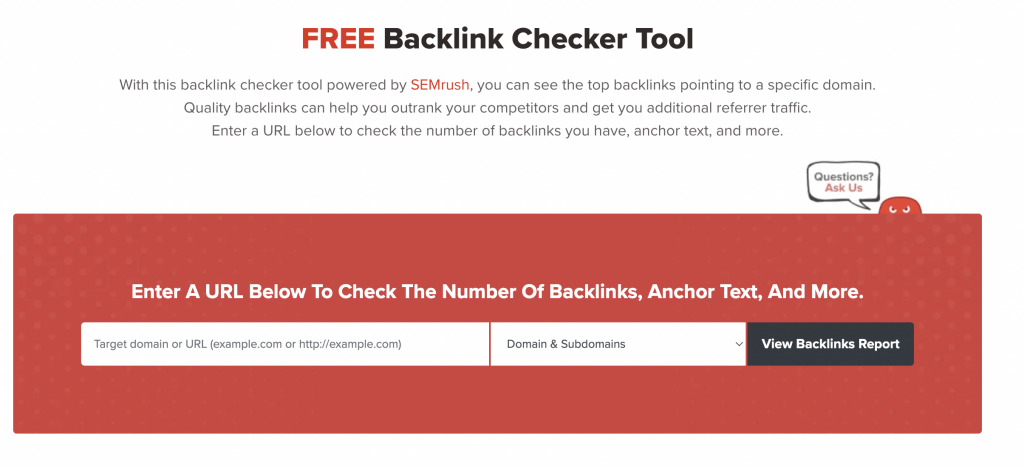
If you grew up watching reruns of old cartoons like The Jetsons and The Flintstones, you’re familiar with the power of content syndication.
Although a show like The Flintstones ended its original run back in 1966, re-airing those episodes on various networks (syndication) made the cartoon iconic for many generations to come.
Had the show not entered syndication, its original run in the ’60s would have been people’s only chance to experience it – and it would have likely faded into obscurity.
In other words, kids who grew up in the ’70s, ’80s, and ’90s would have no clue who Fred Flintstone was if there were no reruns.
What the heck does this have to do with SEO?
Just as The Flintstones used syndication to gain a wider audience, you can do the same thing with your blog posts, videos, infographics, and other forms of content.

Content syndication is where you republish your existing content on other websites and publications.
You’ve probably read an article or watched an online video that said, ‘This piece was originally published on blahblahblah.com.’
That’s the telltale sign of syndicated content, and it’s a fantastic tactic for broadening your online reach and generating backlinks from other sites.
After all, you work your tail off on your content, so why should you only publish it once in one location?
Instead of taking a one-and-done approach to publishing content, read on to learn how you can copy The Flintstones’ success and syndicate it to enjoy a much larger audience.
What About Duplicate Content?! Understanding Proper Content Syndication
Trained SEOs are hard-wired to avoid duplicate content, which is why the thought of syndicating content raises a red flag.
However, duplicate content and syndicated content are two different things.
As long as you syndicate your content correctly, you’ll never have to worry about Google flagging your content as duplicate.
How do you do that?
Canonical tags are your best friend here, as they’ll let Google know which version of your content is the original (and that you want Google to include in their index/search results).
For instance, if you syndicated one of your blog pieces on a related website, you wouldn’t want Google to index that version, as the other site will receive the traffic. Instead, you want Google to index the original version that appears on your website.
A canonical tag is a brief snippet of HTML code that defines the primary version of a web page.
It looks like this:
<link rel=”canonical” href=”https://examplesite.com/preferred-primary-URL-here”>
So, whenever another website agrees to publish one of your pieces, politely ask them to include a canonical tag that points back to the original version on your site.
Pro tip: Google’s John Mueller has confirmed the effectiveness of including self-referential canonical tags for your content. That’s where you include a canonical tag on your content’s original version that references its own URL.
This is useful because it helps Google know for sure which version of your content you want it to include in its index.
Including links in syndicated content
Your syndicated pieces should always include a link back to your original piece.
Not only does this create a backlink for you (score!), it’s also what Google recommends you do to help avoid duplicate content.
Besides that, another major perk of content syndication is that if you get the green light to include internal links in your syndicated pieces, you can drive a lot of traffic to other pages on your site.
You should always check with your syndication partners beforehand to confirm that they’re cool with including links that point back to your site, as it’s never wise to assume.
If they’re okay with it, you’ll score even more backlinks to your website, and your syndicated articles will transform into traffic-generating machines.
How to Make Content Syndication a Reality
If you want to start syndicating your content, you’ll need to build a network of syndication partners.
These are other websites in your field that accept syndicated posts, and they’re not always super easy to find (although we’re about to show you how).
You can also syndicate your content through social media and platforms like Quora and Reddit.
Tips for finding syndication partners
There are plenty of syndication networks out there, which are groups of related sites that syndicate similar content.
Typically, a parent site will own dozens (or hundreds) of media outlets that syndicate the same articles.
These networks are amazing because they enable you to syndicate your content across multiple websites (and most of the time, you only have to maintain a single relationship to do so).
Besides syndication networks, you should also target non-competitors.
These are other websites that don’t directly compete with your business but share the same target audience.
Let’s say that you sell custom-made guitars online.
In this case, your non-competitors would be guitar blogs, guitar lesson & tablature sites/video channels, and websites that sell guitar accessories like straps and clothing.
Here are some quick tips for finding syndication partners and non-competitors:
- Use our free backlink checker tool to analyze the backlink profiles of your competitors. Look out for links from local media outlets and non-competitors to use for your syndication strategy.

- Pull up Google search and look up terms like “originally published on” (niche keyword), “republished from” (niche keyword), and “syndicated from (niche keyword)” to find sites that accept syndicated articles.
It’s crucial to include quotations in these queries, as that tells Google to look for that exact phrase in the search results.
Syndicating on social media and other platforms
Even if you find a ton of syndication partners, it’s still a good idea to put your social media profiles to good use and syndicate your content there, too.
The catch?
Certain types of content perform better on social media sites like LinkedIn, Twitter, and Facebook.
In particular, syndicate short-form videos, infographics, and condensed blogs that fit into carousels on social media.
Question/answer-based platforms, like Reddit and Quora, are also useful for syndicating content.
However, you’ll usually want to include brief excerpts along with a link to the original piece to avoid being too verbose.
Let’s not forget about self-publishing websites like Medium and Substack, either. These are great places to syndicate your most entertaining and thought-provoking pieces to gain exposure and loyal readers.
Syndicating through social media and platforms like Medium won’t cost you a dime, so it’s worth using them as syndication channels to expand your influence even further.
Becoming a Thought Leader Through Syndication
Content syndication is a powerful way to bolster your backlink profile while expanding your influence online.
The more websites and publications that feature your content, the more members of your target audience will get the chance to notice you and become loyal readers/customers.
One of the best things about content syndication is that virtually anyone can do it by using social media and platforms like Medium.
That means you can start syndicating your strongest pieces today while working on a greater content syndication strategy, like targeting networks and non-competitors.
To cut straight to the chase and enjoy content syndication on 300+ trusted media outlets ASAP, don’t wait to check out our Content Syndication service from The HOTH.

![YMYL Websites: SEO & EEAT Tips [Lumar Podcast] YMYL Websites: SEO & EEAT Tips [Lumar Podcast]](https://www.lumar.io/wp-content/uploads/2024/11/thumb-Lumar-HFD-Podcast-Episode-6-YMYL-Websites-SEO-EEAT-blue-1024x503.png)

